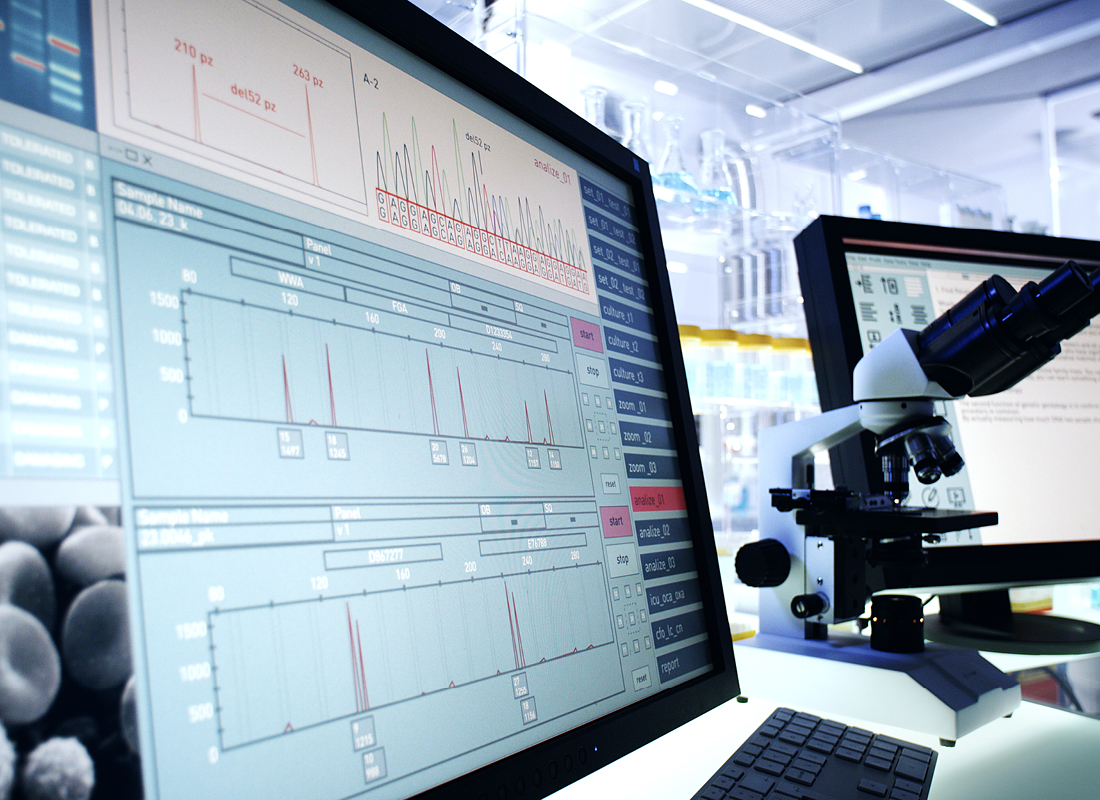Getting to Know Your IT Colleagues
Technology experts Jaswant S. Tony and Neil Hillen explain what both clinical labs and IT departments can gain from closer collaboration

More than ever, clinical laboratories are onboarding new technologies—and with expanding technological horizons comes a growing need to join forces with IT professionals. But what does that collaboration actually look like? All too often, laboratories will make a major software or equipment purchase, then turn to their IT colleagues to integrate it into their existing systems. Unfortunately, that can lead to a host of issues with quality, compatibility, and convenience—all compelling reasons to have IT professionals involved from start to finish.
Making IT decisions
“It’s best to first consult an IT professional who understands both the medical and the IT sides,” says Jaswant S. Tony, founder and CEO of laboratory information management solution GoMeyra. “Many laboratory professionals don’t realize that they can go to IT right from the start. Their IT professionals can then guide and coordinate with them to get things done.”
In many laboratories, Tony says, people go straight to the solutions—choosing software or equipment without consulting IT—and risk ending up with systems that are at best less than ideal or at worst completely incompatible. “I think the IT contribution is important in determining what is going to work because there are so many options,” he says. “Lab management should coordinate with IT when making these decisions, rather than making them alone.”
Tony particularly emphasizes the efficiency of working together from day one, offering an example from his own work as a virtual chief technology officer for labs in need. “A few days ago, I received an email that said, ‘We’re looking at purchasing this software; what do you think?’ I was able to tell them right away, ‘Don’t do that; do this instead,’ because I have practical experience with all of the different tools. That saves money, time, and effort.”
Beyond the basics
Neil Hillen, a data analyst for the UK’s National Health Service, points out that acquisitions and updates aren’t the only times lab and IT professionals need to interact. “There are so many points of contact between labs and IT: gathering data from a given system, lab, or machine and transferring it to a central database; maintaining systems used by medical professionals to review records for ongoing care; accessing databases to gather data for research purposes; and more.” He encourages labs to maintain an ongoing relationship with their IT personnel, whether it’s for software purchases or study designs.
In his work, Hillen often encounters misconceptions about IT and computing. “Computers have made such huge impacts on our lives that I believe clinicians are under the false impression that acquiring and preparing data is easy,” he says. “When research takes place, there is the assumption that data is perfect—that is to say, it is accurate, complete, and always has been without interruption or change.” That’s not the case, but it often requires computing expertise to understand how and where data may be flawed, which can affect everything from result interpretation to reference range establishment.
“I think a good example might be estimated glomerular filtration rate (eGFR),” Hillen says. “eGFR can be calculated in a variety of ways so, in situations where eGFR is of interest, [data professionals] would wish to calculate it from first principles. But then one wonders if the sample storage, machine calibration, the machine itself are making a level playing field for analysis. And much of this data is of no interest to a doctor who is caring for a patient and who wishes to get a rapid answer to a question of kidney function.” For those establishing appropriate reference ranges, Hillen’s questions may be of vital importance—but, just as lab professionals need to know when to involve computing experts, IT professionals must keep the lab’s practical considerations in mind. That’s why both Hillen and Tony consider communication crucial on both sides.
Communicating with IT
“Lab professionals don’t need to know everything about IT,” says Tony. “They just need to find the right person to liaise between the two areas.” He recommends identifying someone with knowledge of both lab medicine and computing to manage projects and ensure that everyone is on the same page—or, for labs who lack that resource, potentially working with an outside consultant who can bring that knowledge into the equation. “It’s invaluable to have someone in-house or on call who understands both the laboratory and the technological sides of your business.”
Hillen brings in the research angle to highlight what IT professionals don’t know about the lab. “I suspect that, if a lab leader were to picture a well-intentioned researcher armed with a large table of any given result for the purpose of research, they would immediately think of a laundry list of caveats for the use of that data,” he says. “If there is a way they can picture to pass that insight along, then quality follows.”
Both Tony and Hillen agree that the need for collaboration between labs and IT departments is greater than ever. Digital and computational technologies are expanding their reach in the lab, health information is moving to electronic or even cloud-based solutions, automation is a growing presence in routine workflows, big data is getting bigger, and remote consultations are necessitating secure and effective methods for capturing, transmitting, and interpreting test results. Although a key part of staying up-to-date with these developments is ensuring that lab personnel are appropriately trained and apprised of any updates, changes, or risks that may arise, it’s impossible to take on all of the necessary knowledge—which is why working closely with the IT department is so vital.
“Every day, things are getting more complicated,” says Tony, referring to the cornucopia of software, devices, and services now available to clinical labs. “Working together with technology experts can make life much easier on both sides.”
Subscribe to view Essential
Start a Free Trial for immediate access to this article